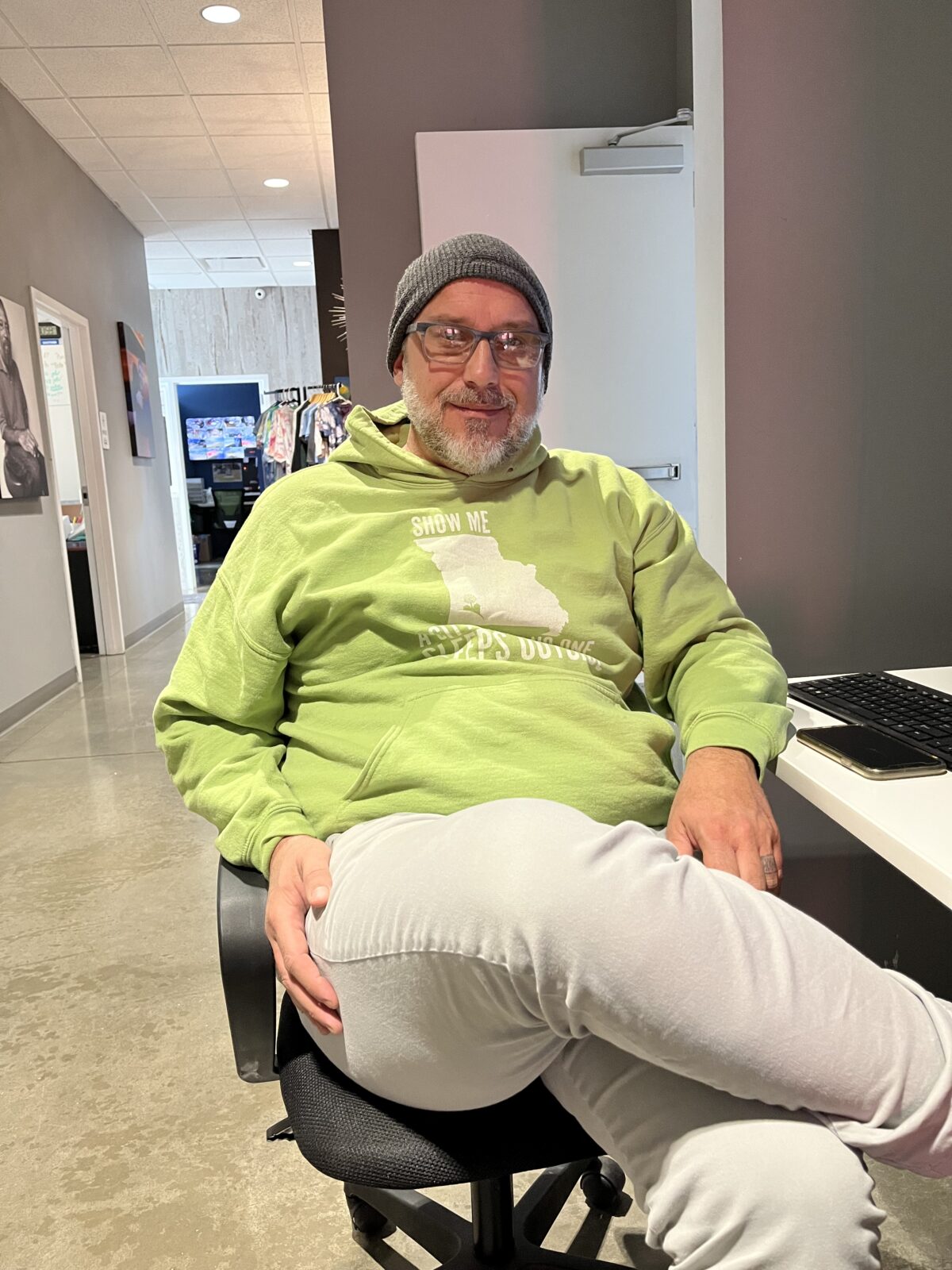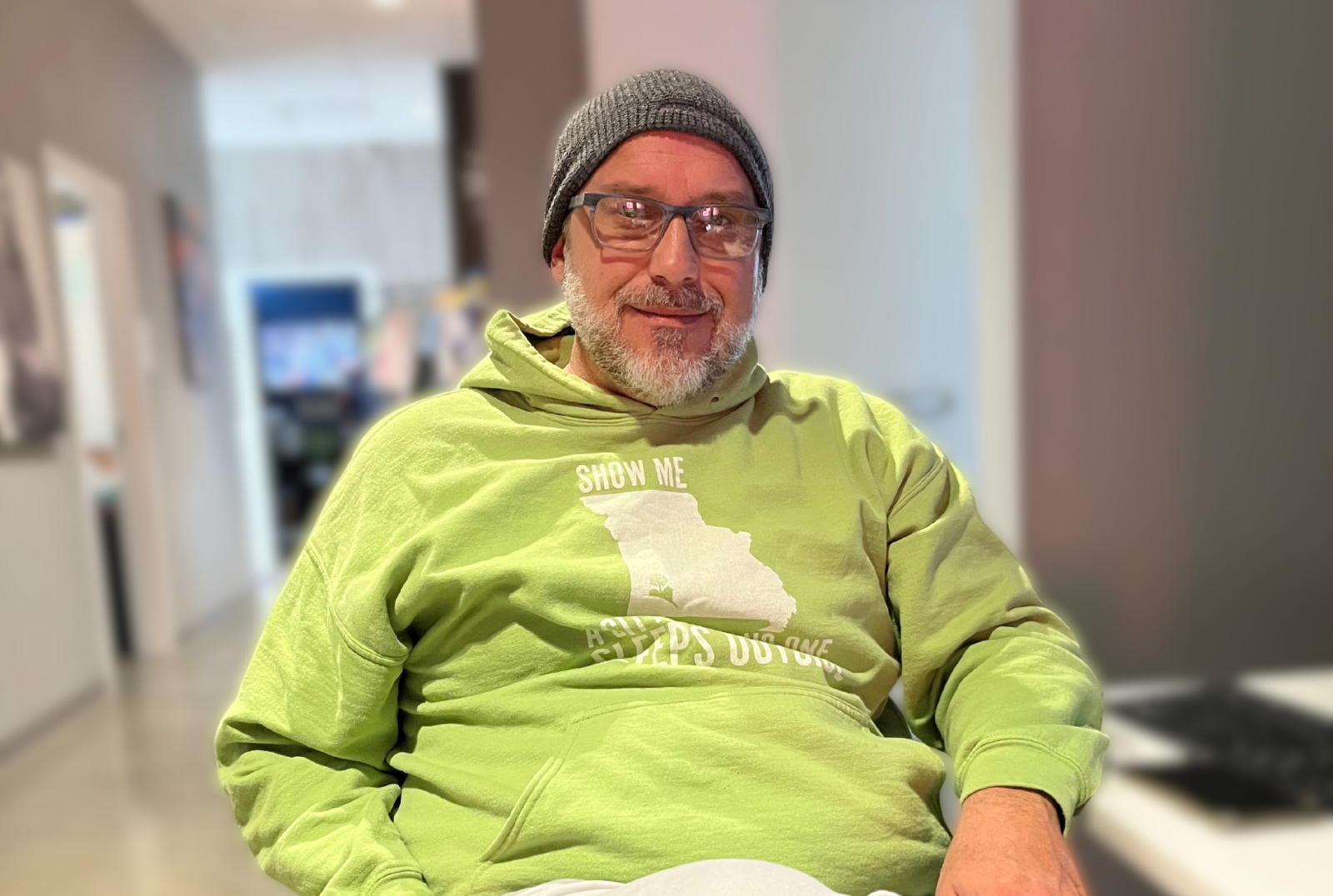“Tiny home” is now a hot concept. When I Googled “Tiny home” in November, 16,500,000 results appeared in three-fourths of a second with headings like “clever tiny homes…mustard seed tiny homes… choose tiny, live free… find your dream tiny home plans…luxury tiny home and park models.” Country Living trumpeted “82 tiny houses that will have you trying to move in asap.”
A month later I Googled again: This time, 4,470,000,000 results appeared. YouTube hype of course is huge: “Gigantic tiny house…Luxury meets simplicity… Building my dream tiny home for under $8,000… So much room in this tiny home loft.” Advisors offer their services: “The Tiny Home Lady is for Go Getters who know they want to GO TINY.” Netflix of course has “Tiny House Nation,” and NPR reports on “Tiny homes, big dreams.”
But one You-Tube headline included the magic ingredient: “spectacular vibrant tiny home & amazing family.” Tiny homes are just things. The people who live in them, and—for, formerly homeless people, those who help them leave behind street survivalist reactions—are what make a tiny home village succeed or fail.
Nate Schlueter one morning spoke of progress in Eden: “This village is so much better than a high-rise building where they’re just people in a box. It started with everybody telling on everybody, like junior high. Now I see genuine concern: X is sick, I’ll make her dinner. They are owning their neighborhood.”

Schlueter gave as an example the way Gil Rife — see January 26 — used his first Covid stimulus check to buy a motor scooter, but his second to buy a grill. He invited neighbors for a barbecue, then had chest cramps and said he’d lie down. One neighbor said, “Your lips are blue.” Another called an ambulance. Schlueter said, “They saved his life. He had two stents put in. No one called me. The neighbors developed their own safety net. They took care of each other.”
That afternoon, though, Schlueter mused, “Things are getting tougher. With alcohol and weed, you know what to expect, but meth is Satan incarnate…. It produces such odd behavior, running up and down all night, all bets are off. They go to rehab and spin out again.”
Eden Village, compared to some homeless programs I’ve visited, is meeting-minimalist: Schlueter said, “I’m skeptical about what ‘programs’ can achieve…. It’s so common “for one person to imagine that another is slighting him — I saw the way you looked at me — but maybe the other person wasn’t even looking. Maybe it’s enough, at least as a start, for one person to think about another, I don’t have to punch him in the face. I can just say good morning and walk on by.
Many Christian homeless shelters I’ve visited have Bible studies and chapel services, with residents expected not to make or fake professions of faith, but to show up. Eden Village has none of that. Its “community room” is usually empty, so I asked whether churches provide food for community meals, a common way of bringing people together. That does happen once per month, but Kelbi Schlueter spoke of the need for formerly homeless people to “learn to live independently…. Depending on others for food can foster ungratefulness and entitlement.”
Almost all Eden residents depend on government payments: Social Security because of age (half are in their sixties) or disability. In October one younger resident, Jeremy Pruitt in 10E, had a full-time job. Two others did handyman work around the village. For most of working age, Nate Schlueter said, the pattern is “get a job, like it, get bored with it, walk away from it, get bored, get another job, get fired, start the cycle again.”
He’s pleased that Eden Village in northeast Springfield is accompanied by Eden II in the northwest quadrant, and Eden III is in the works. Its duplexes will be created cement layer-by-layer via computerized printing: “We’ll use the latest technology to help the poorest rather than to create million-dollar lake houses.”
Schlueter now is essentially franchising the concept: Wilmington, NC, has its Eden Village up and running. Tulsa and Kansas City are close behind, and others may be coming at two sites in Missouri, two in Texas, two in Virginia, and maybe others in Florida, Ohio, Pennsylvania, Kentucky, and Arkansas. Schlueter said ”other groups will use our floor plans,” sometimes in former trailer parks that already have infrastructure, sometimes in residential areas along bus routes. It’s becoming easier to construct tiny homes. It’s still hard to reconstruct lives.

